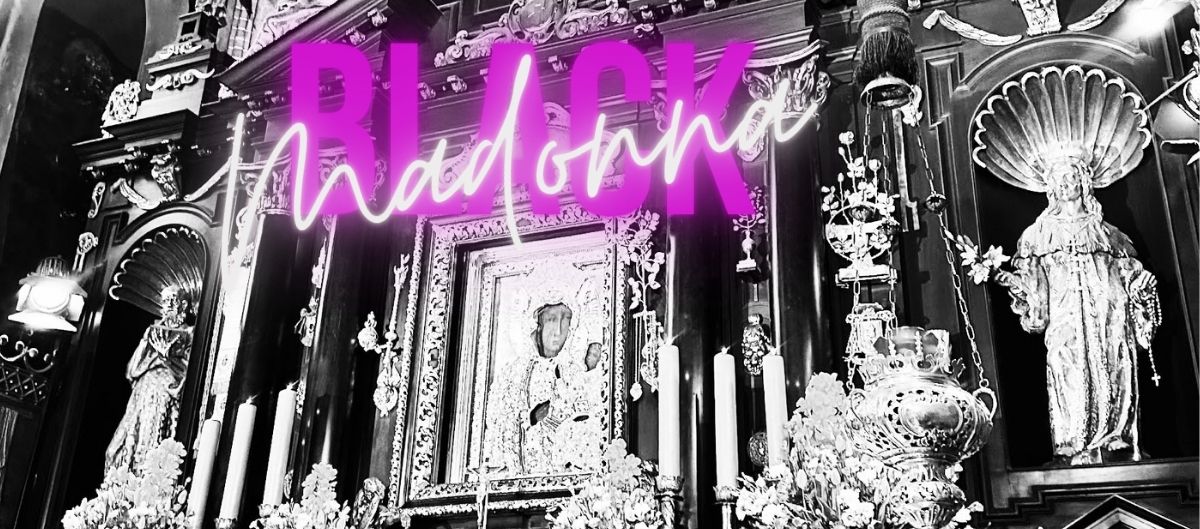The Mysterious and Miraculous Black Madonna of Czestochowa

Easter Sunday just outside of Krakow in Europe’s most Catholic country. This most important holiday is a celebration of food, family and worship. No shops are open and even the picnic tables at the monastery of Jasna Gora have been removed. Bells peal from the towers as we enter the small sanctuary where the Madonna is housed. Mass is being said but we have received permission to pass through to the larger sanctuary. Quietly. No flash pictures.

She is breathtaking. The story behind the images is the stuff of legends.

It’s said that the image dates back to the time of the Apostles, and was painted by St. Luke the Evangelist, who is believed to have used a tabletop from a table built by Jesus during his time as a carpenter.

According to the legend, it was while Luke was painting Mary that she recounted to him the events in the life of Jesus that would eventually be used in his Gospel.

The same legend states that when St. Helen came to Jerusalem in 326 AD to look for the true Cross, she also happened to find this image of Our Lady. She then gave it as a gift to her son Constantine, who built a shrine to venerate it.




In the 14th century the image was transferred to Jasna Gora in Poland as an answer to a request made in a dream of Prince Ladislaus of Opola. The history of the image is better documented while in his care.
In 1382 Tartars invaded the Prince’s fortress at Belz, and during the attack one of the Tartar arrows struck the painting and lodged in the neck of the Madonna. The prince, fearful that the image would fall into the enemy’s hands, fled during the night and stopped in the town of Czestochowa.
The painting was placed inside a small church, and the prince later had a Pauline monastery and church built at the location to ensure the painting’s safety.
Catholic News Agency
The painting has been here since that time. Over six centuries, believers and the curious have visited.
Related Posts
Eat at the Most Bizarre, (delish) and Colorful Food Circus in the World!
Bubbling cauldrons of soups, meats wrapped in palm leaves, a rainbow of desserts – honestly…when …
May 17, 2024Giving Alms: Silent and Beautiful Sunrise in Luang Prabang
Each morning before sunrise, the faithful line the sidewalks of the city of Luang Prabang …
May 13, 2024

Leave A Comment